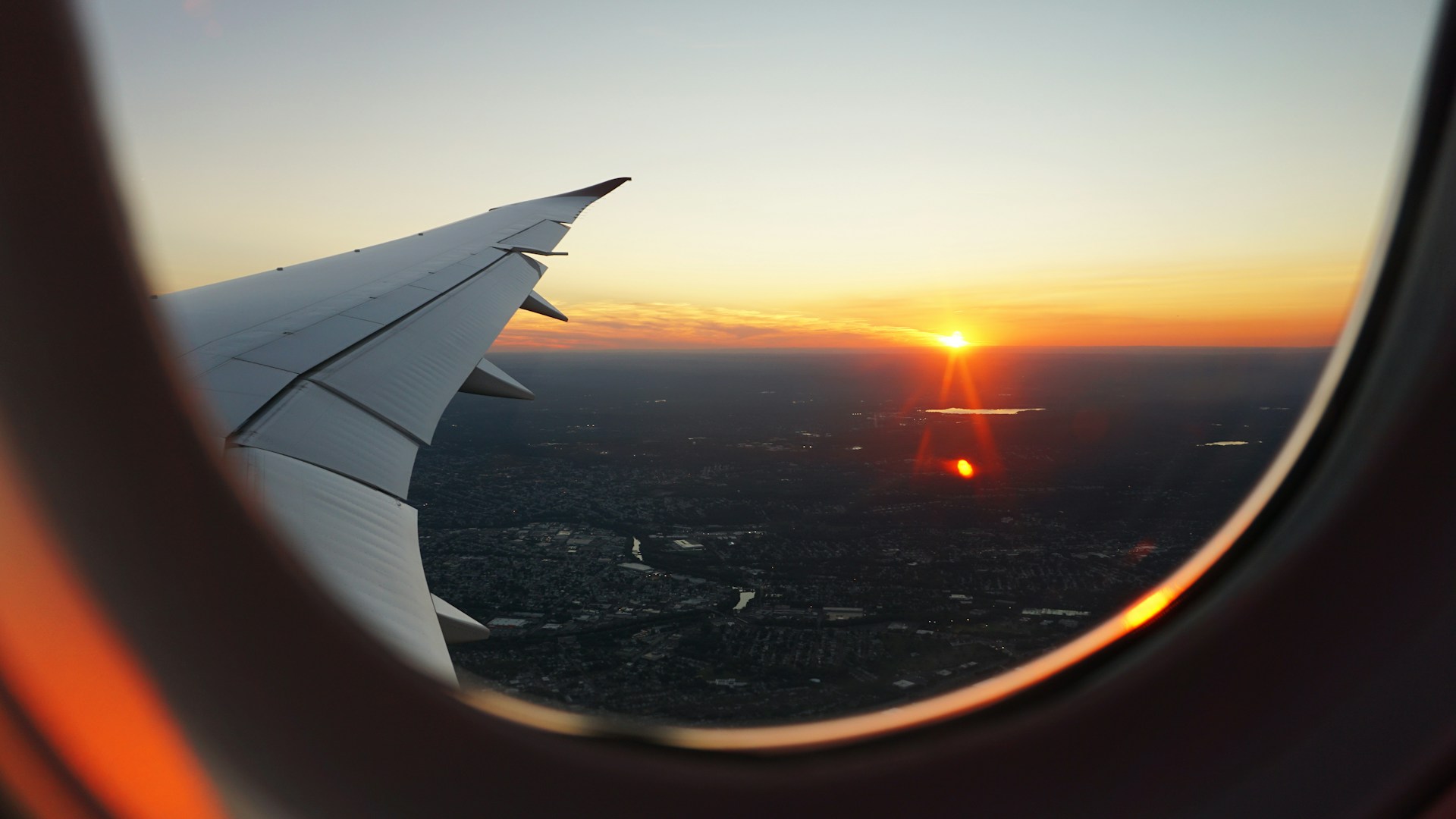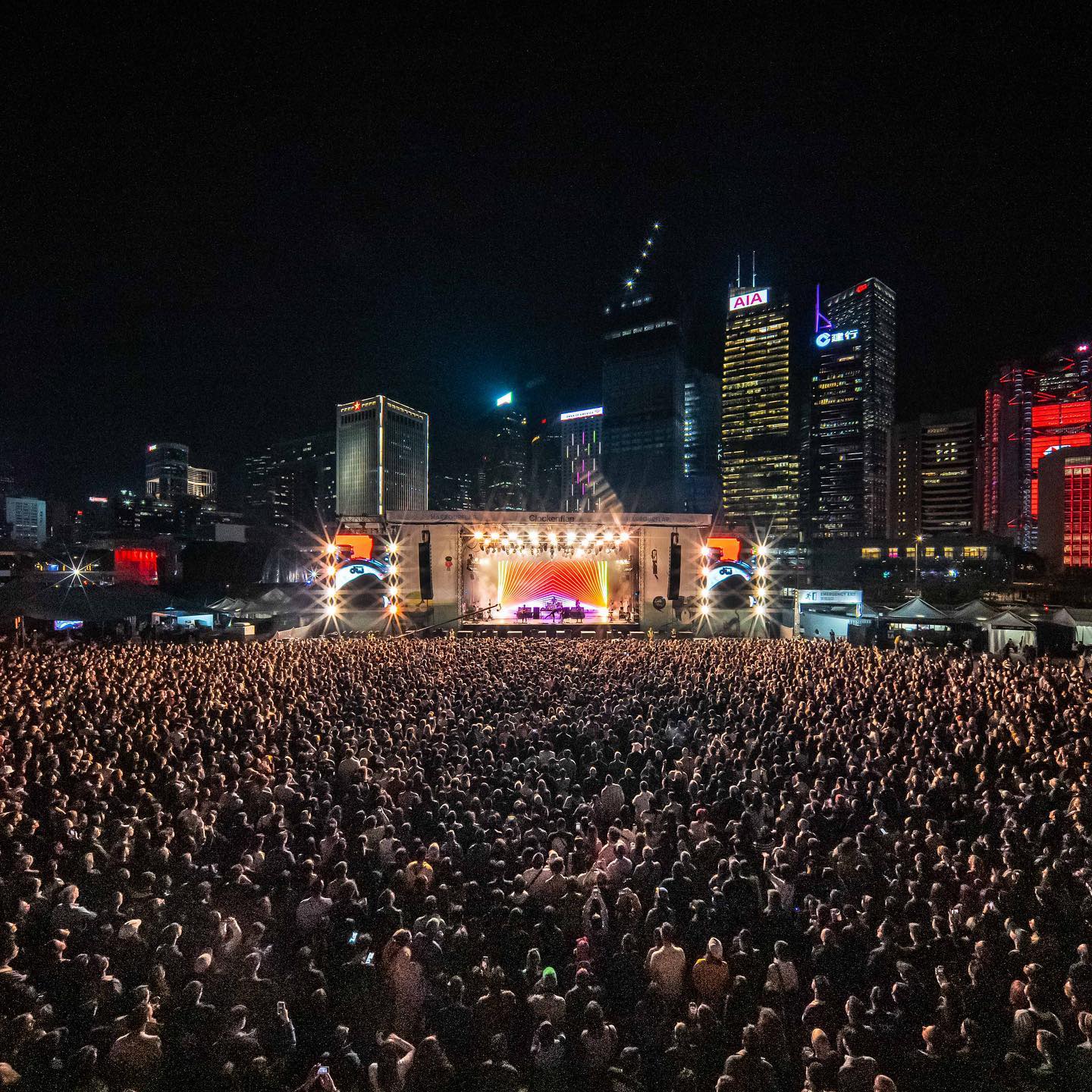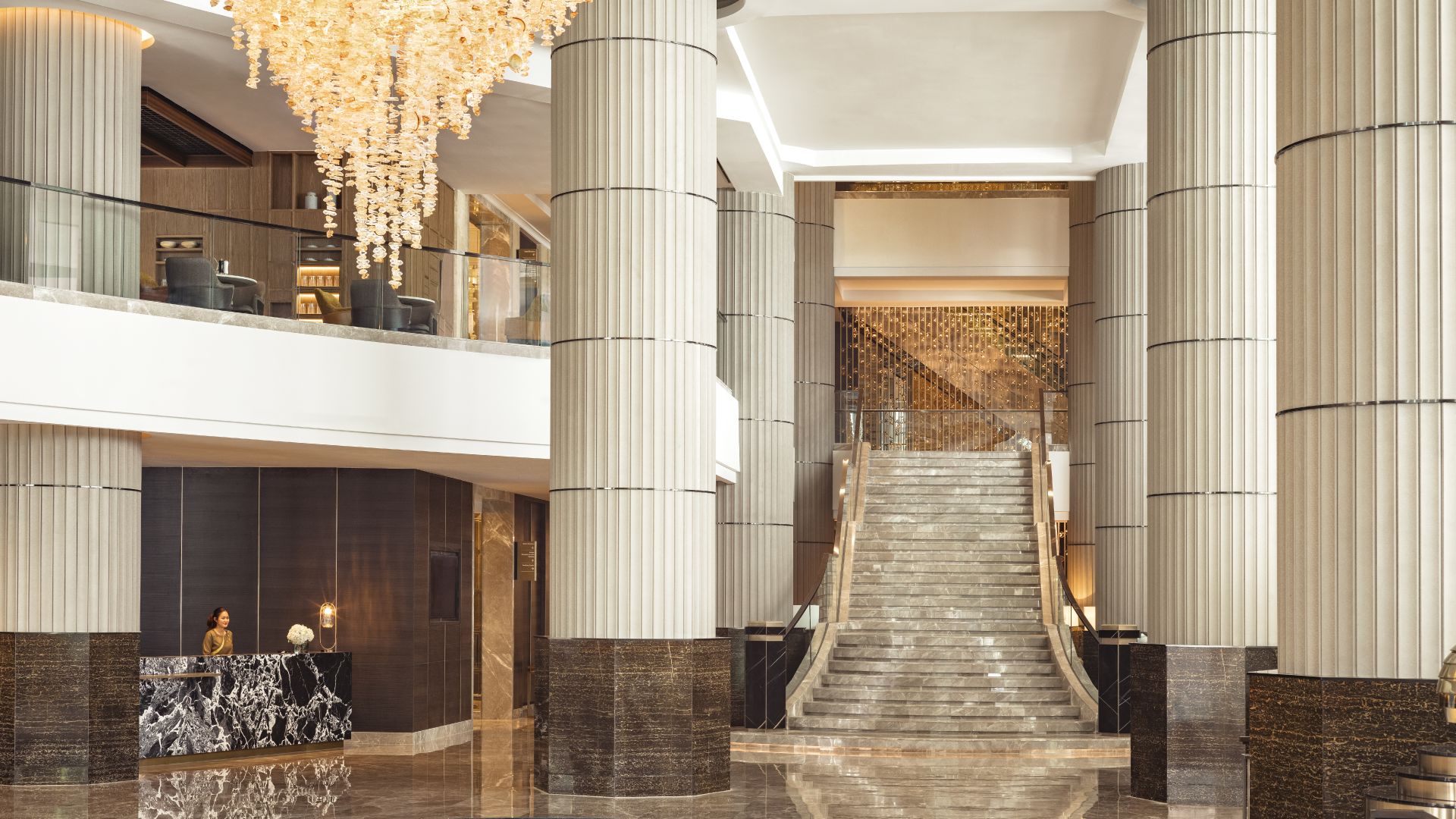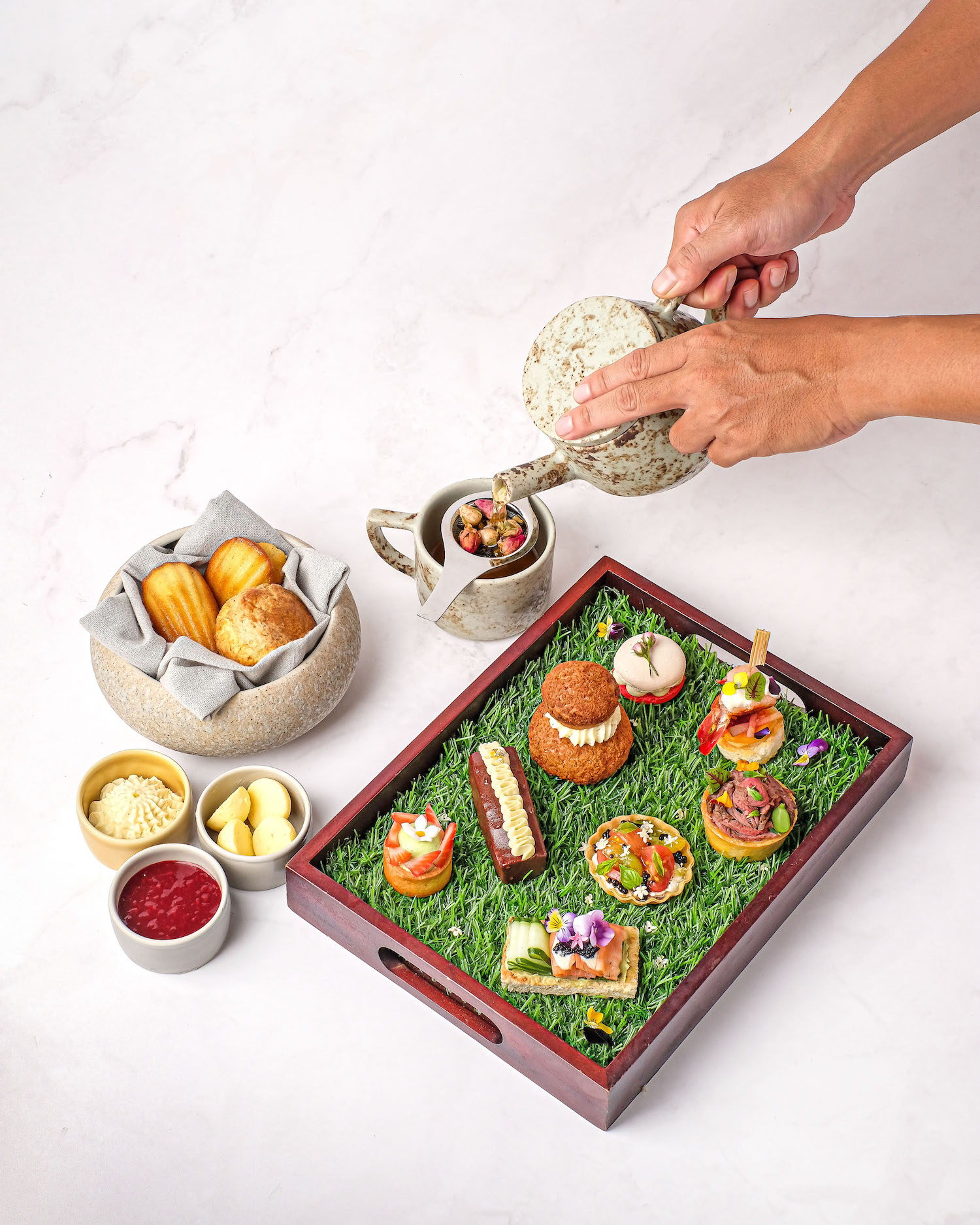The nearly completed work of burying all the electric and phone cables in Phuket Town’s old quarter is just one sign that much has changed there in recent years. The old communities of Chinese descent—mostly Hokkien—are not just beautifying their distinctive Sino-Portuguese shophouses, or organizing the occasional walking street fair. They’re also rediscovering their Baba Nonya roots, a rich culture in Phuket and Penang where Chinese heritage, colonial influence and indigenous traditions combine. This heady mix is attracting an ever-growing number of galleries and cafés to the picturesque town center. There, you can find fiery Southern Thai cuisine, Hokkien delicacies, SinoPortuguese architecture, stimulating galleries and a solid dose of Baba Nonya nostalgia.
The historic town center’s most beautiful streets are all within walking distance of each other: Dibuk, Thalang, Phang Nga and Yaowarat. To make sure you hit all the highlights, get a hold of the excellent Phuket Town Treasure Map, either at the Tourist Information Center on Thalang Road or at the Thai Hua Museum (see A Brief History below).
Nearly every shophouse in the area is steeped in history but you’d find the On On Hotel and Promthep Clock Tower most familiar as these two sites are featured in countless TV ads. Another star is Soi Rommanee connecting Thalang Road and Dibuk Road, a former red light district, which is now the most popular street for snap-happy tourists drawn to the colorful and tightly packed shophouses. There’s a little flea market there every Saturday night, too—just make sure you get there before 10pm.
A Brief History
Phuket Island (formerly known as Jungceylon) has long been a port of call for foreign trading vessels. From the 16th century, the island was mined for its tin, and there remain plenty of reminders of the presence of French, Portuguese and British, as well as Chinese, Malaysian and Indian influences. Phuket’s shophouses and villas, dating from the 1860s, bear close resemblance to those in British colonial Penang, and there’s a definite convergence of Eastern and Western styles.
The best way to start your journey through time is at Phuket Thai Hua Museum housed in the oldest school building in Phuket (dating back to the 1930s). The two-story exhibition details the island’s Chinese ancestry, Phuket Town’s growth to prosperity and the school itself.
Cafe Culture
If you need a caffeine boost after walking around, sip traditional coffee among the locals at Kopi de Phuket. The place has a Chinese tavern-feel on the ground floor and resembles a Chinese teahouse on the second. There’s also a smaller outlet at the On On Hotel, the oldest hotel in town.
For something more Western, join the queue of expats at Gallery Cafe where they serve everything from full English breakfasts to fast dinner options like pasta. Other charming coffee shops include Mac-chiato House which serves homemade coffee and cakes. It’s set in the type of long and narrow old shophouse (some 20-30 meters deep), with a garden out the back, that’s particularly typical of Phuket Town. Another cute choice is Pirrera Cafe Bar, an old building on the corner of Dibuk, which retains all of its original charm. And if this is your first visit, look up the longstanding China Inn and Dibuk Restaurant, too; both are lovely architectural specimens.
Artistic Perspective
After enjoying all this old stone, take your art appreciation to another level by visiting Phuket Town’s countless galleries, many of which are tucked away in century-old buildings. First, stop at Art Room, a gallery-plus-school which sells contemporary and traditional art by students at affordable prices. For a little more ambiance, head to Phuket 346. This 100-year-old two-story building is not only a gallery showcasing playful contemporary works, but a funky guesthouse with cafe and bar. You can also have fun while admiring minimalist art pieces over at Wua Art Gallery & Studio, which was founded by Mr. Zen, an advertising executive who quit his job to pursue his passion for art. For something more traditional, try Sarasil Gallery, I Mon Art Gallery or Pab Khien Thai Art Gallery.
Southern Dining
Suay Restaurant serves up creative Thai fare at low prices courtesy of Chef Tammasak Chootong, formerly a chef at Banyan Tree Hotels. Try the guay tiew lod salmon khao soy—steamed salmon in rice noodles served with yellow curry, B159 ($6.30)—and tum BBQ ma kue yao, which comprises grilled long eggplant and crab meat, B89 ($3.50). Dessert is a must, too, namely the mango sticky rice spring roll and black sesame ice-cream for just B99 ($4). Southern cuisine meets Sino-Portuguese décor at Raya Restaurant. The century-old building’s original mosaic-tiled floor and walls adorned with ’50s tea and coffee poster girls and pictures of Thai monarchs will take your mind off the somewhat hefty prices. The line-up of traditional Phuket dishes include moo hong—steamed pork with pepper and garlic, B250 ($10)—gaeng nue poo bai cha ploo, a dish of crab meat with curry and coconut milk, B400-600 ($16-24) and pad sataw kapi goong, stir fried sataw with shrimps, B250-350 ($10-14). For a lighter meal, consider Kopitiam where they serve pocket-friendly traditional dishes like mee Hokkien and bak kut teh.
If street food is more your thing, you’ve come to the right place. Start with the famous Mee Ton Poh, a popular haunt for those who can’t get enough of signature dishes like pad mee Hokkien, which costs B35-40 ($1.40-1.60). Next, head to Yaowarat Road and search Soi Sun Uthit for the hard-to-spot Ji Peng stall where you can get delicious mee hun (fried noodle served with pork bone soup) for B30 ($1.20). Right next to it is a stall that serves Phuket’s famous dessert, o-aew (herbal jelly in red syrup), which is a recommended follow-up to your meal. If you’re still not quite full, then o-tao (stir fried oysters with eggs and crispy pork skin) is another traditional Phuket dish, and makes for a great snack. Head to Takuapa Road, where Ji Pien have been selling this famous dish for nearly 40 years. Don’t forget to try their yummy kanom jeen (spaghetti-like rice noodles topped with curry), too.
After Dark
Despite, or perhaps because of, the rich heritage of the area, parts of old Yaowarat and Dibuk Roads are real hotspots come nightfall. Savvy young entrepreneurs have revamped the old shophouses and turned them into chill bars where you can enjoy live music among the cool local set. Sanaeha gives a romantic vibe in the early evening with its big chandelier, but later on it gets packed with young partygoers. It’s a similar case at Ploenchit, where you definitely need to make a reservation on Friday and Saturday nights. If you’re hungry after dancing well into the night, head to Ko Benz for the best known tom luerd moo (pig’s blood in clear soup) in town. They’re open from 7pm-3am, so there’s no need to go to bed hungry.
How to Get There
SilkAir flies direct to Phuket daily for $510 (round trip), while Jetstar flies there for $199 and AirAsia for $210.
Where to Stay
Rooms go for B1,300-1,600 ($52-64).
Rooms go for B2,300-5,500 ($92-219).





